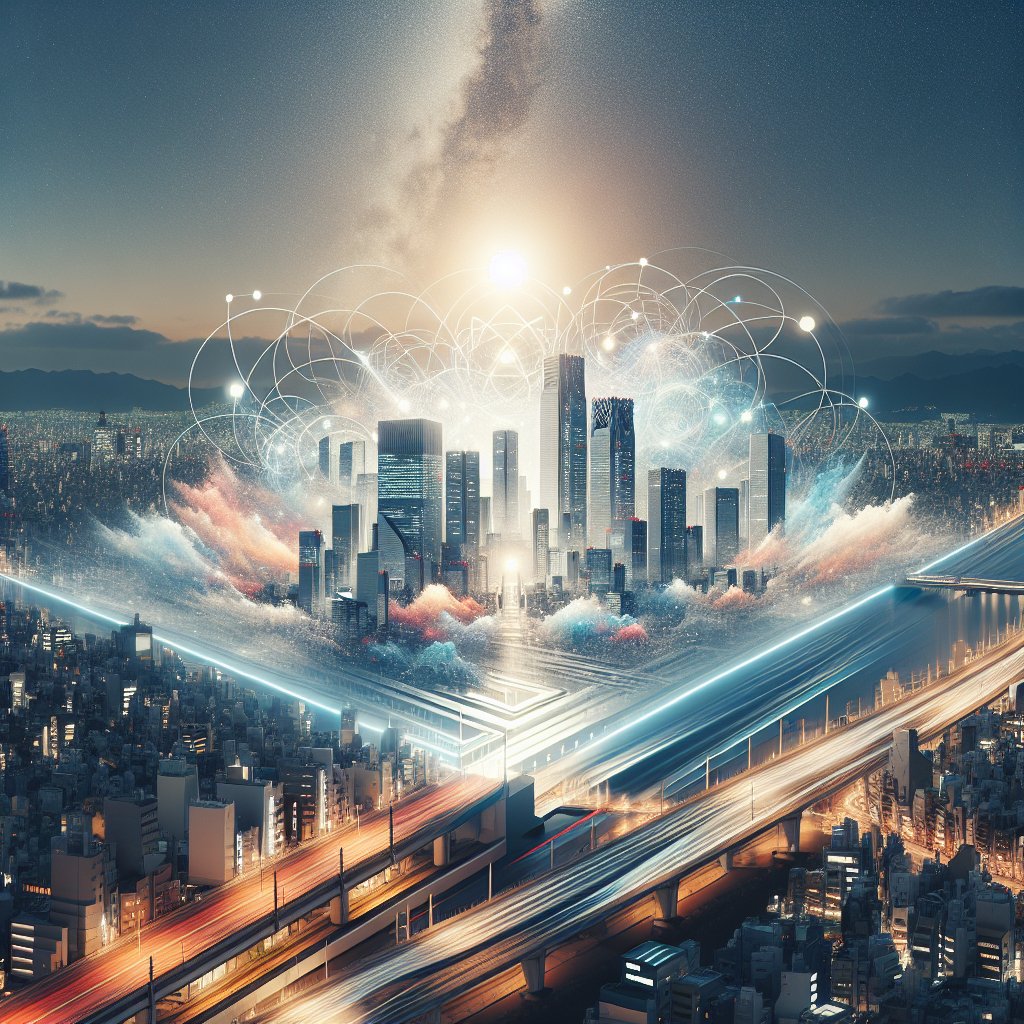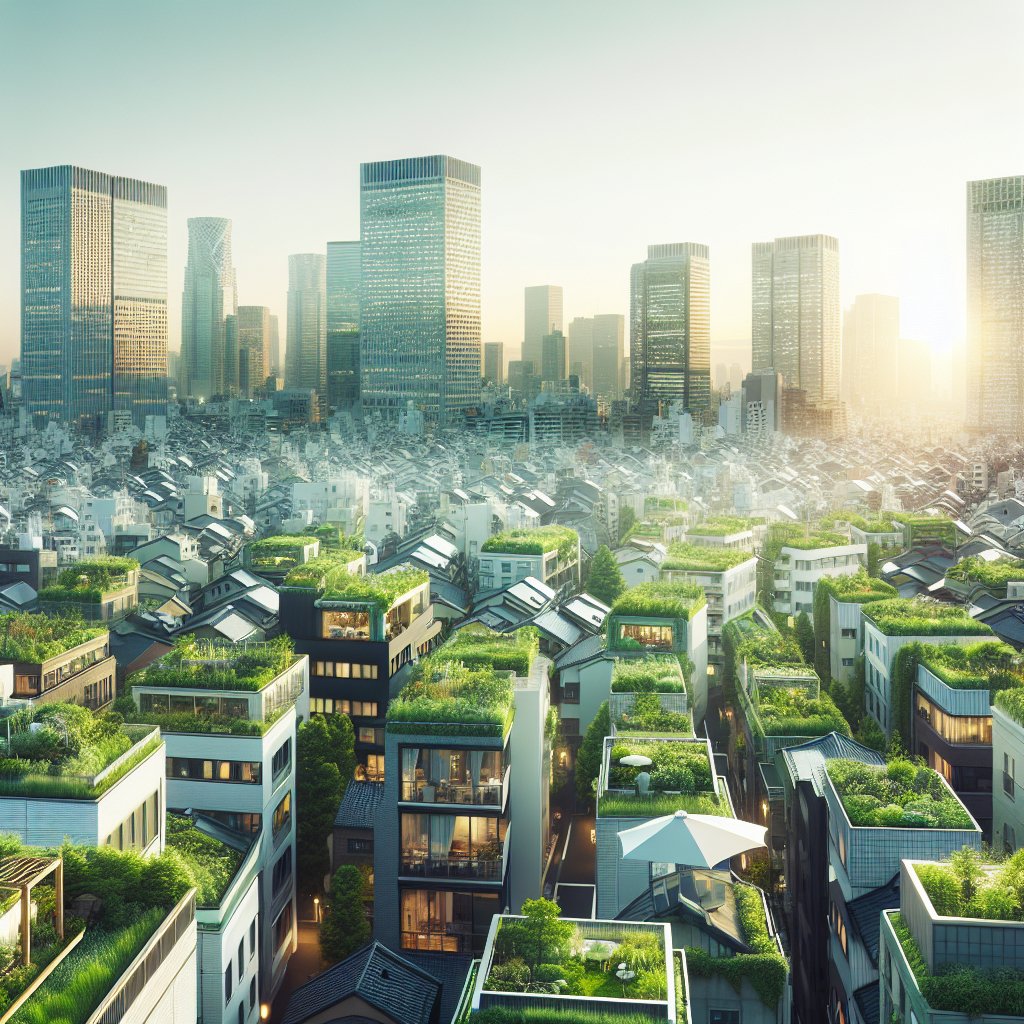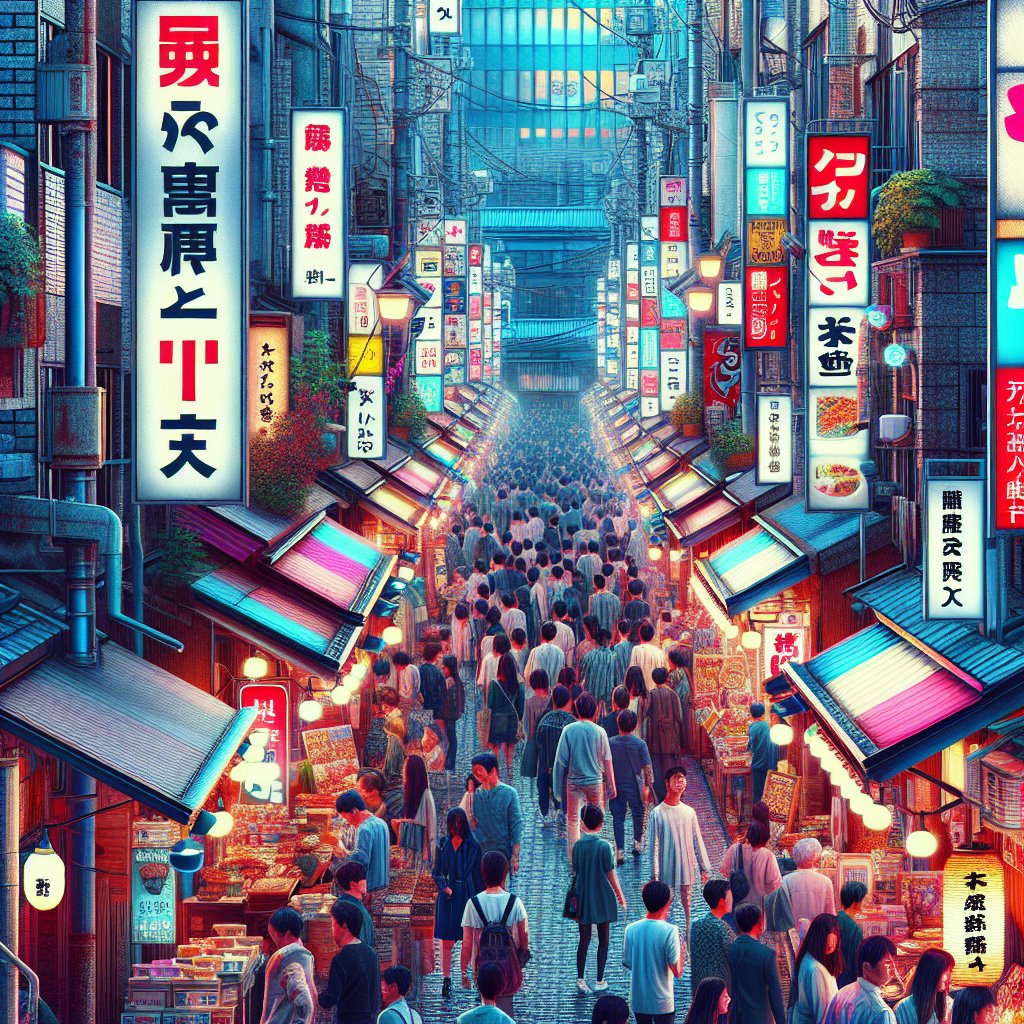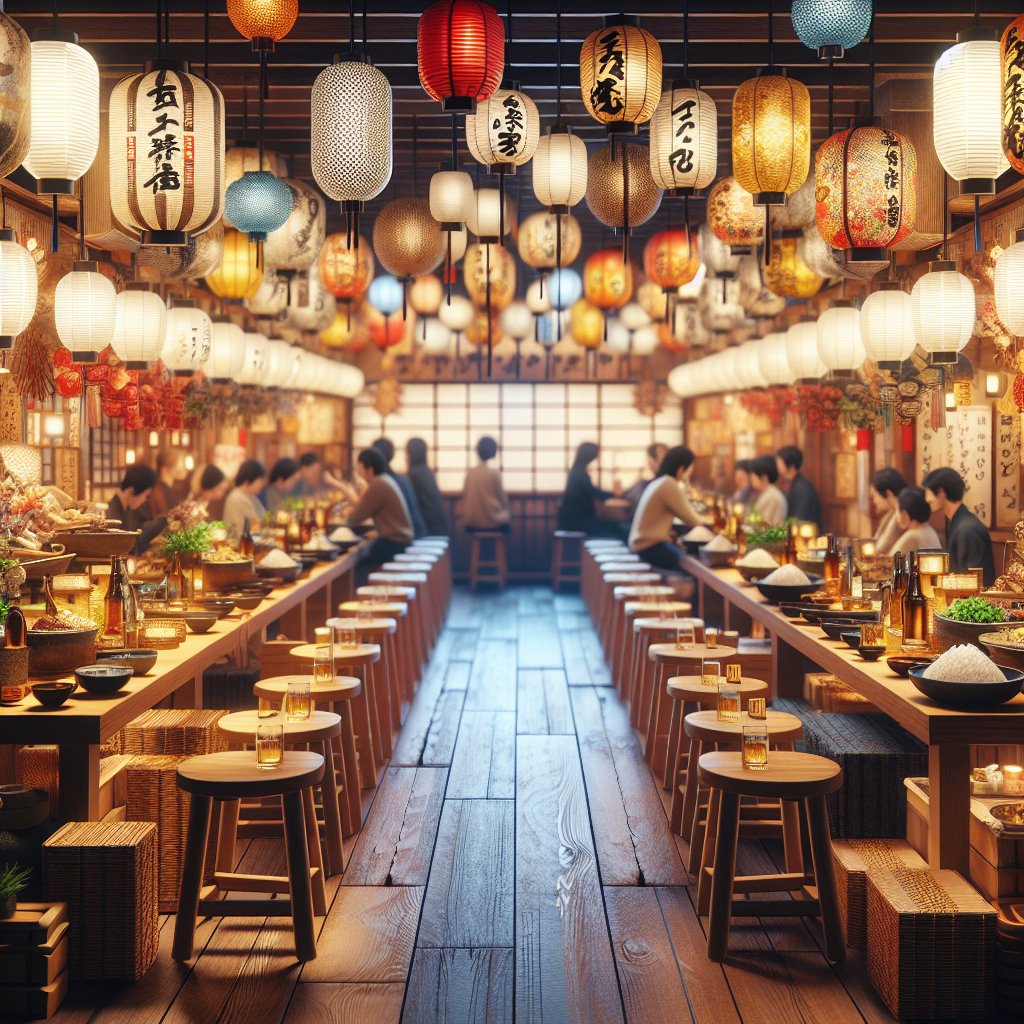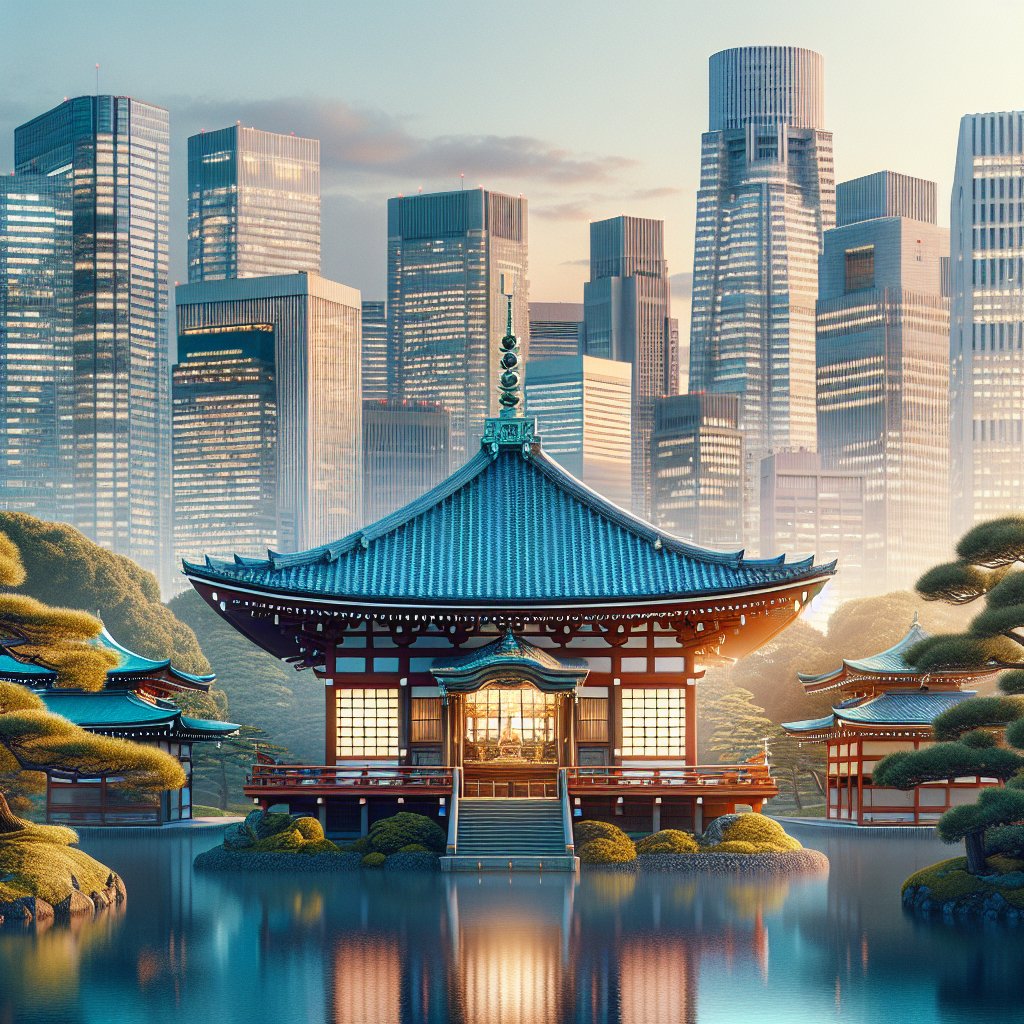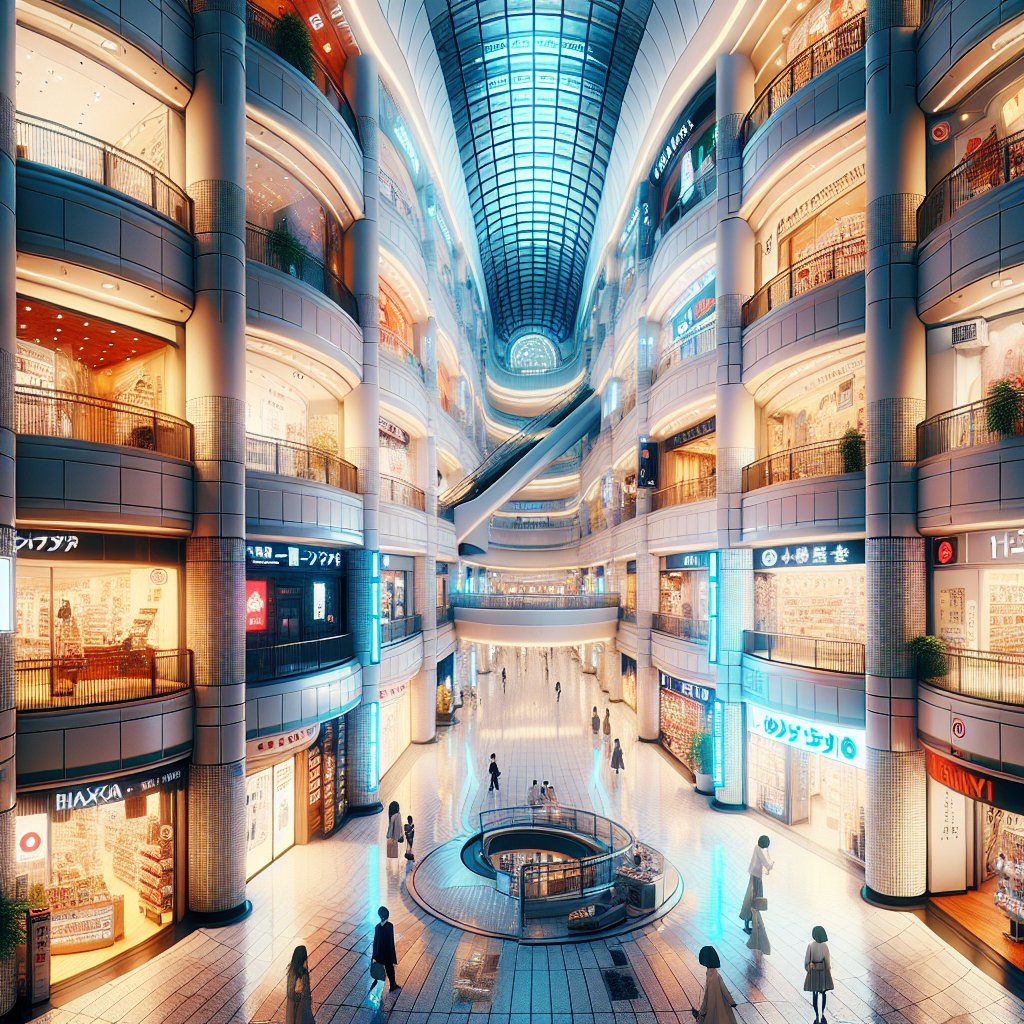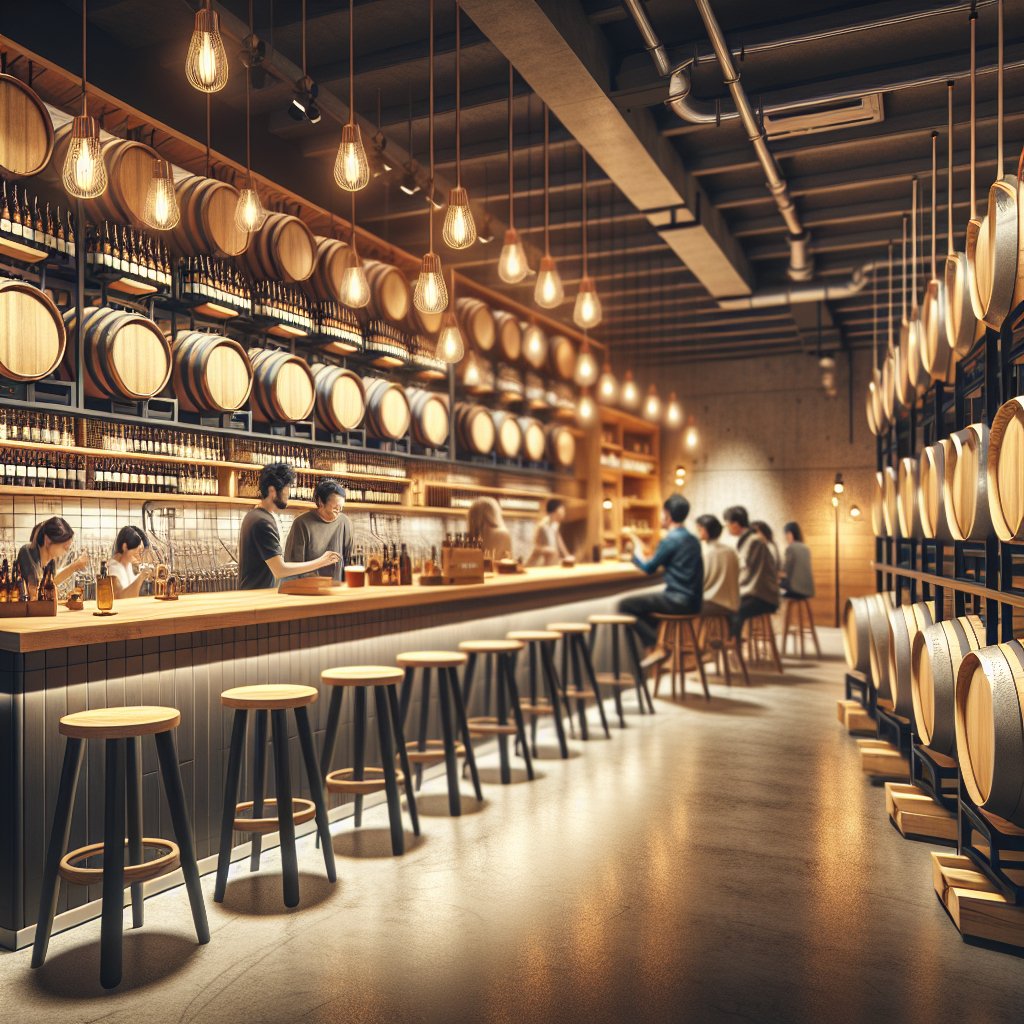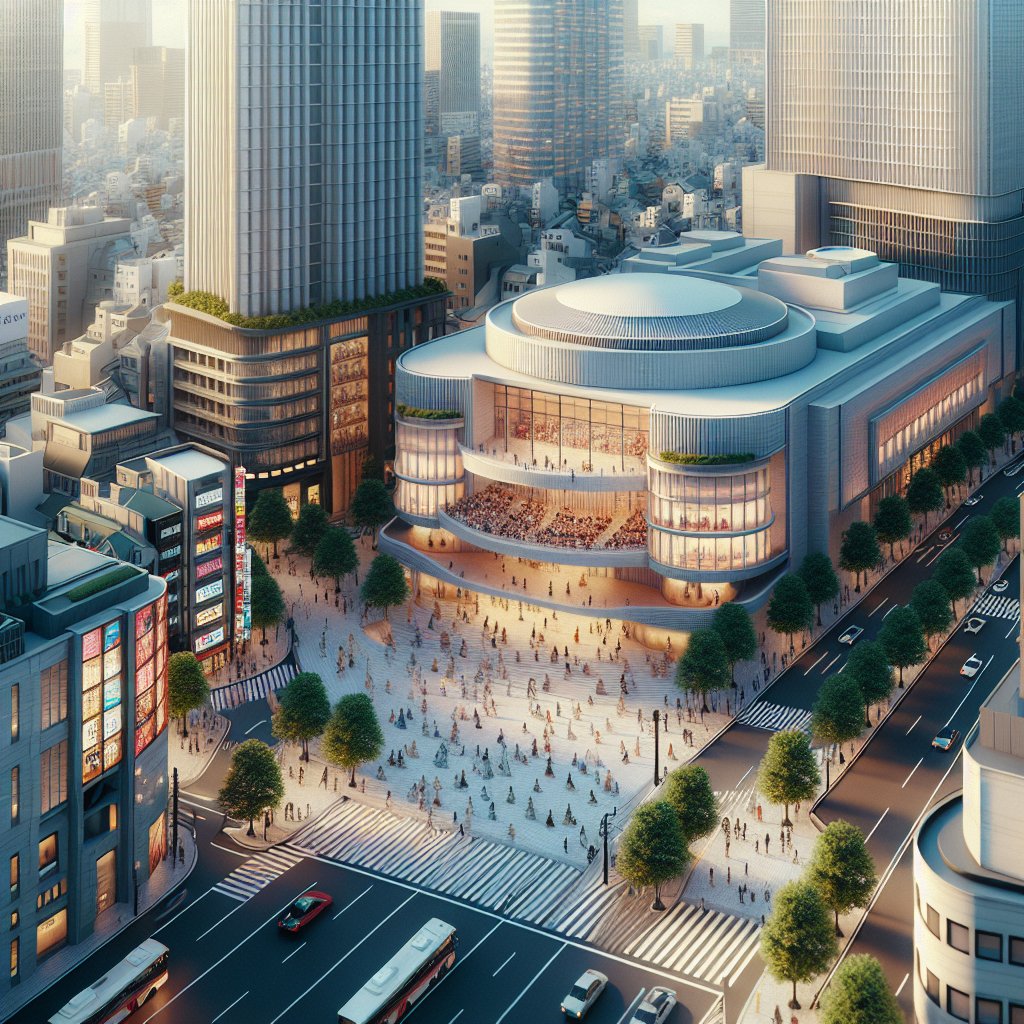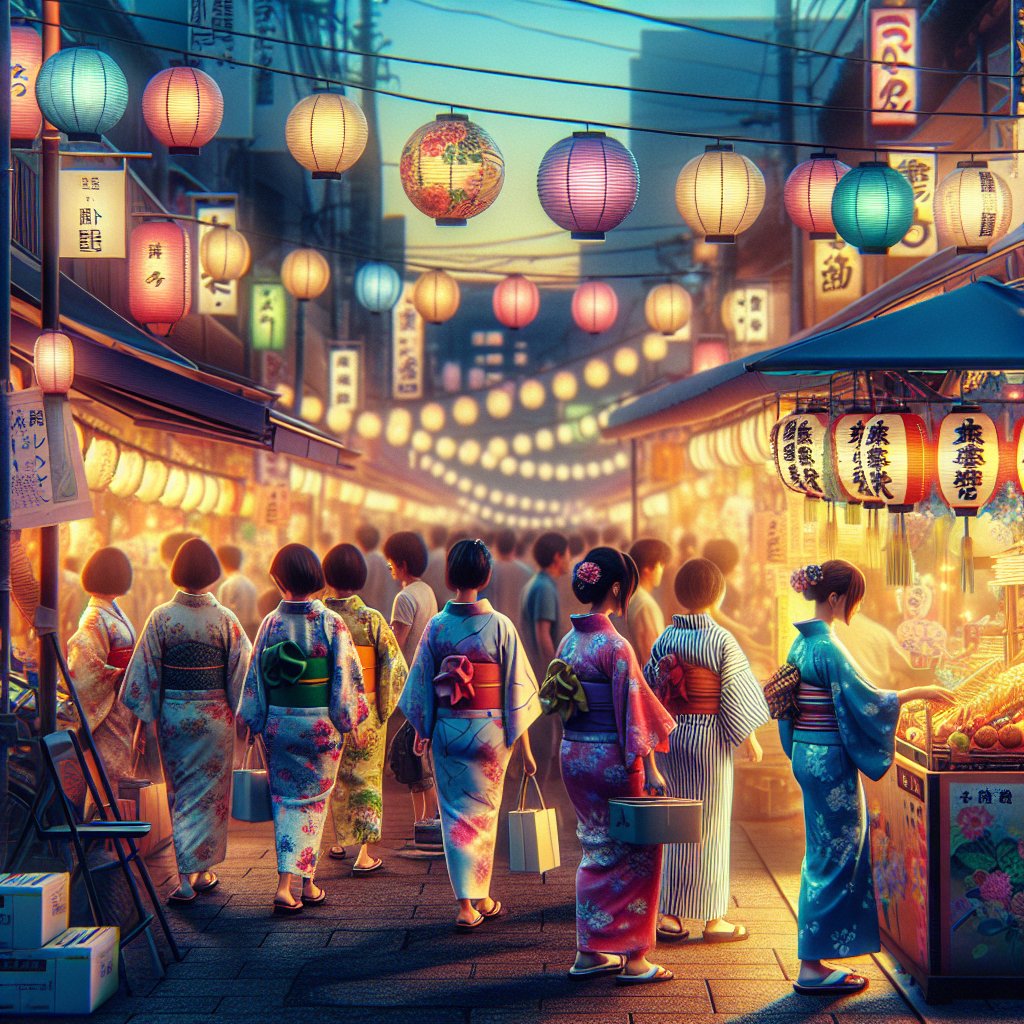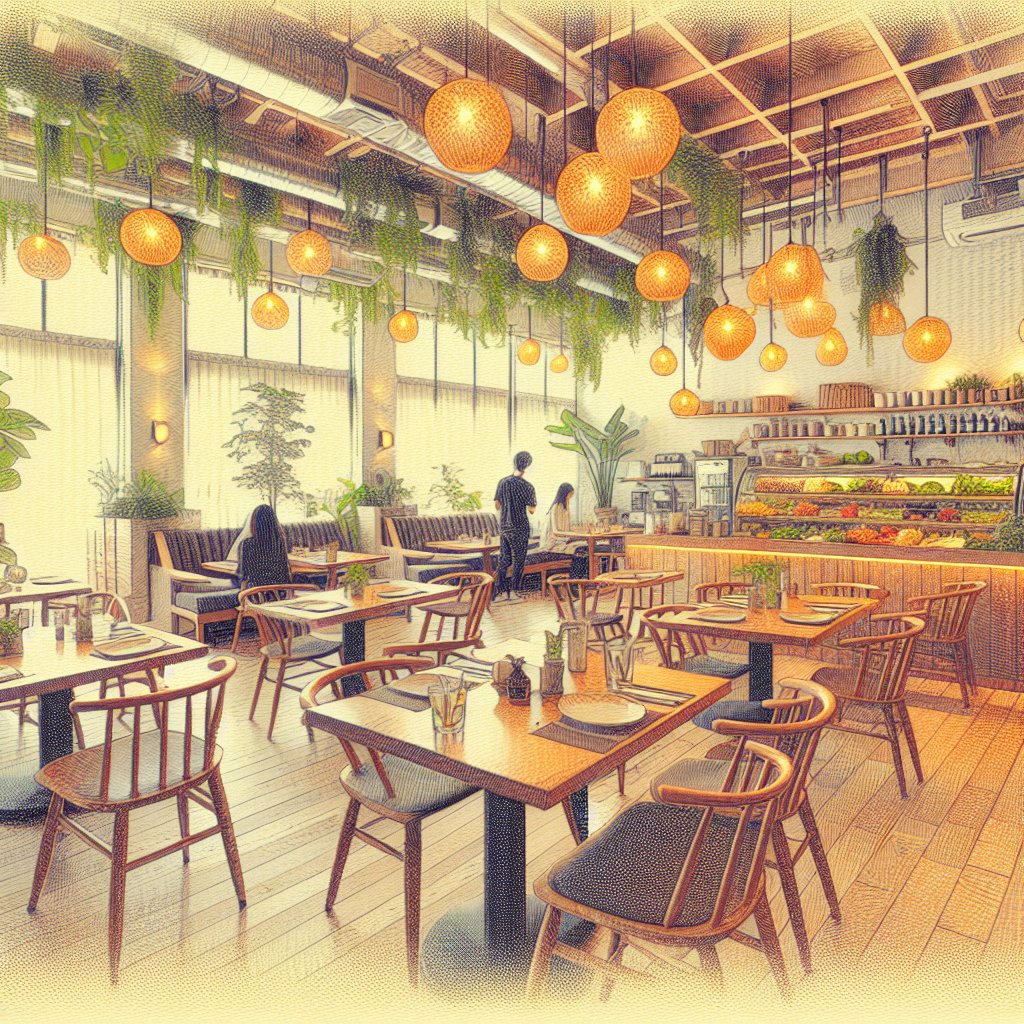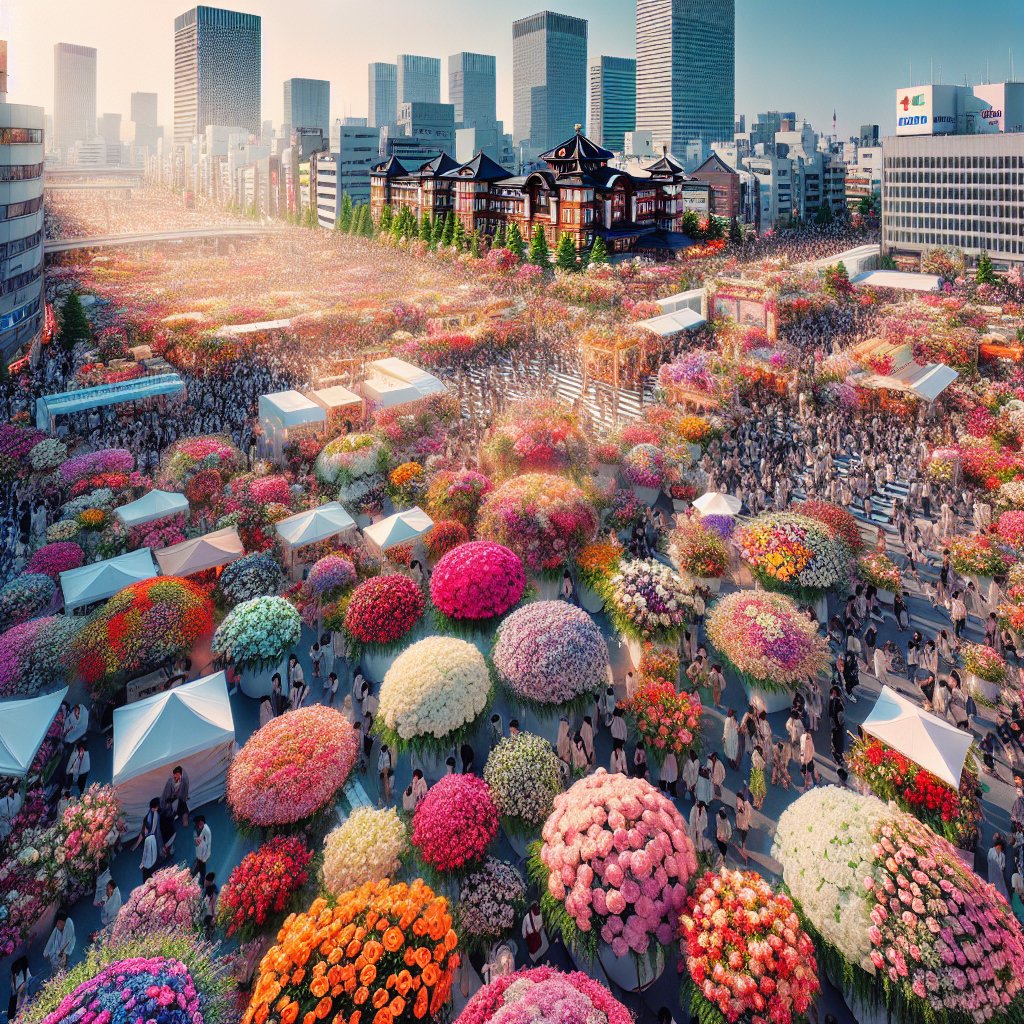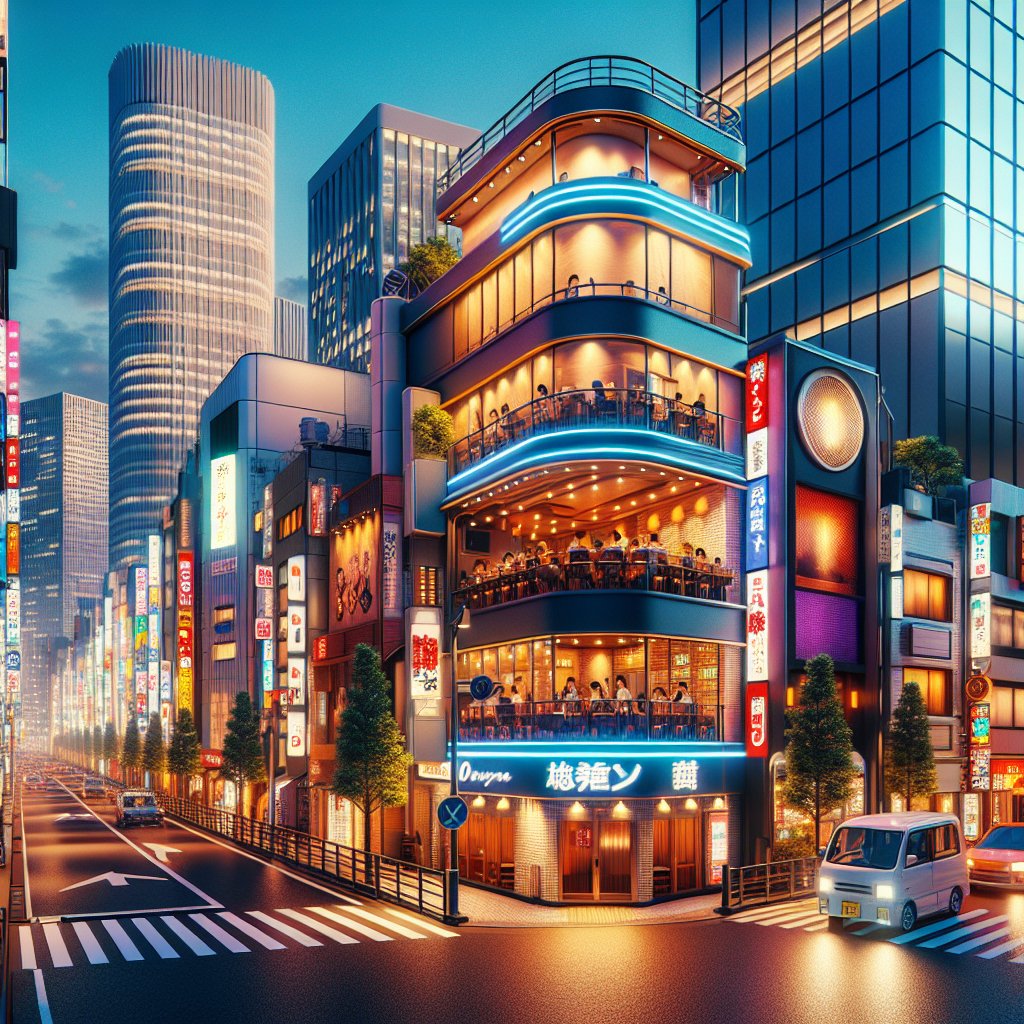Tokyo, the bustling capital of Japan, is not only a hub of technology and innovation but also a vibrant canvas for public art. The city’s streets, parks, and buildings are adorned with a diverse array of artworks that reflect its rich cultural heritage and contemporary creativity. This article delves into the dynamic public art scene in Tokyo, exploring its historical roots, current trends, and the impact it has on both locals and visitors.
Historical Roots of Public Art in Tokyo
The history of public art in Tokyo is deeply intertwined with the city’s development and cultural evolution. During the Edo period (1603-1868), art was primarily confined to private collections and temples. However, as the city expanded and modernized, public spaces began to serve as platforms for artistic expression. The Meiji Restoration in the late 19th century marked a significant turning point, as Western influences began to permeate Japanese art and architecture.
In the early 20th century, Tokyo saw the emergence of public monuments and sculptures, often commemorating historical events or figures. These works were typically commissioned by the government or wealthy patrons and were intended to instill a sense of national pride and identity. The post-war period brought about a new wave of public art, as artists sought to rebuild and redefine the city through creative expression. This era saw the rise of avant-garde movements and the incorporation of modernist styles into public artworks.
Contemporary Trends in Tokyo’s Public Art
Today, Tokyo’s public art scene is characterized by its diversity and innovation. The city is home to a wide range of artworks, from traditional sculptures and murals to interactive installations and digital displays. One of the most notable trends in recent years is the integration of technology into public art, reflecting Tokyo’s status as a global leader in technological advancement.
Interactive installations, such as teamLab’s digital art exhibitions, have become increasingly popular, offering immersive experiences that engage audiences in new and exciting ways. These works often utilize cutting-edge technology, such as augmented reality and projection mapping, to create dynamic and ever-changing environments. This fusion of art and technology not only enhances the aesthetic appeal of public spaces but also encourages public participation and interaction.
Another significant trend is the emphasis on sustainability and environmental consciousness in public art. Many artists are using recycled materials and eco-friendly practices to create works that raise awareness about environmental issues. This approach not only highlights the importance of sustainability but also demonstrates the potential of art to inspire positive change in society.
The Impact of Public Art on Tokyo’s Community
Public art plays a crucial role in shaping the cultural landscape of Tokyo and fostering a sense of community among its residents. By transforming ordinary spaces into vibrant artistic environments, public art enhances the aesthetic quality of the city and enriches the daily lives of its inhabitants. It also serves as a platform for cultural exchange, allowing artists from diverse backgrounds to share their perspectives and ideas.
Moreover, public art in Tokyo often addresses social and political issues, prompting dialogue and reflection among viewers. By engaging with these themes, artists can challenge societal norms and encourage critical thinking, ultimately contributing to a more informed and engaged citizenry. Public art also has the power to bridge cultural divides, as it transcends language barriers and speaks to universal human experiences.
For tourists, Tokyo’s public art scene offers a unique and accessible way to experience the city’s culture and creativity. Artworks are strategically placed throughout the city, from bustling urban centers to tranquil parks, allowing visitors to encounter art in unexpected places. This accessibility not only enhances the tourist experience but also promotes a deeper understanding and appreciation of Tokyo’s artistic heritage.
Conclusion
Tokyo’s public art scene is a testament to the city’s dynamic and ever-evolving cultural landscape. From its historical roots to contemporary innovations, public art in Tokyo reflects the city’s unique blend of tradition and modernity. As artists continue to push boundaries and explore new mediums, Tokyo’s public art scene will undoubtedly remain a vital and vibrant part of the city’s identity. Whether you’re a local or a visitor, exploring Tokyo’s public art offers a fascinating glimpse into the heart and soul of this remarkable city.
